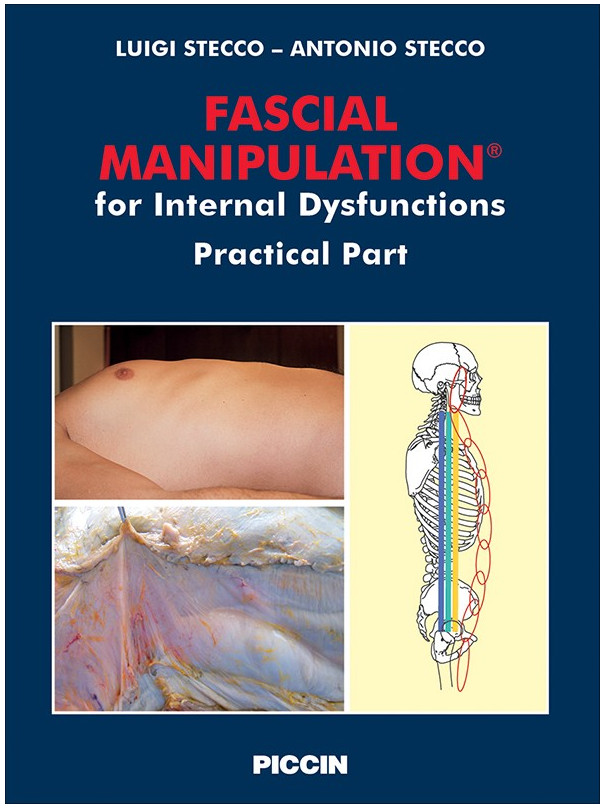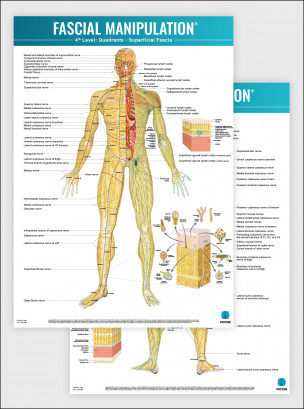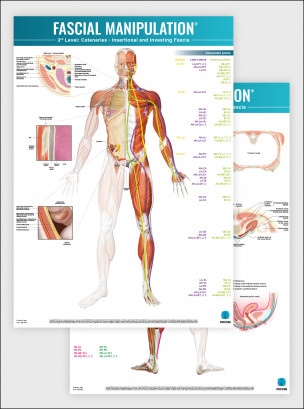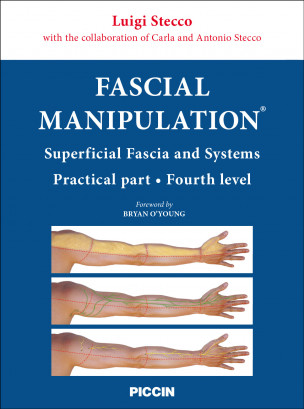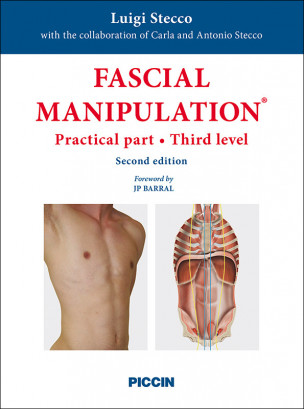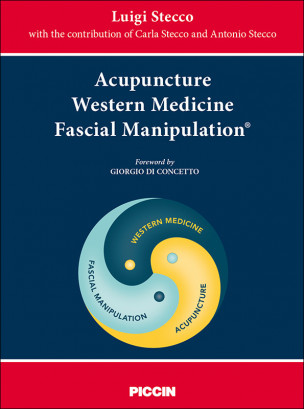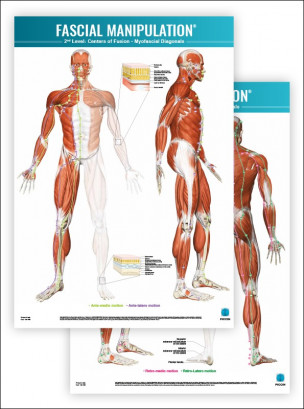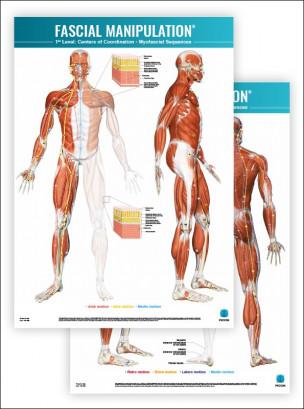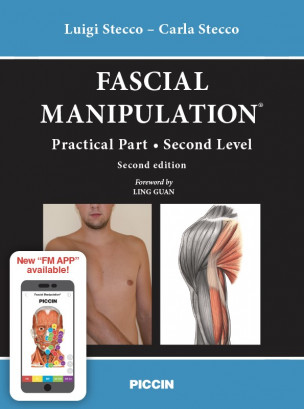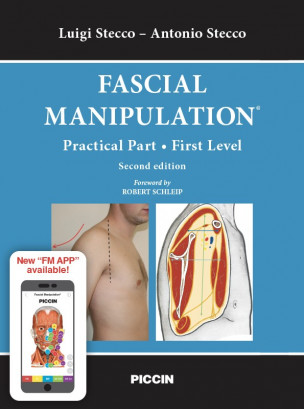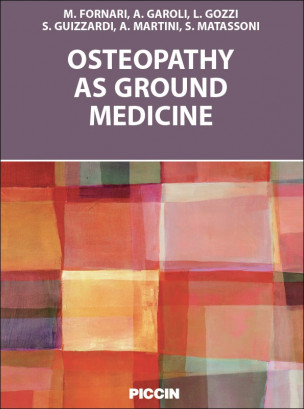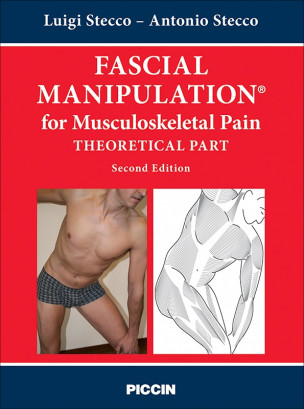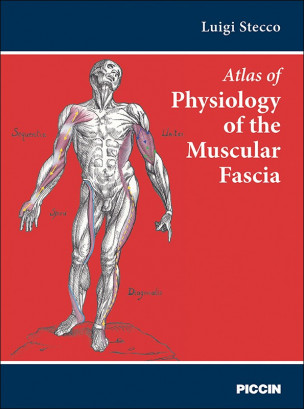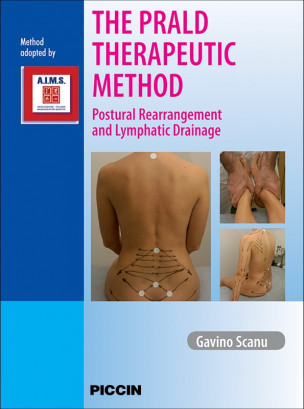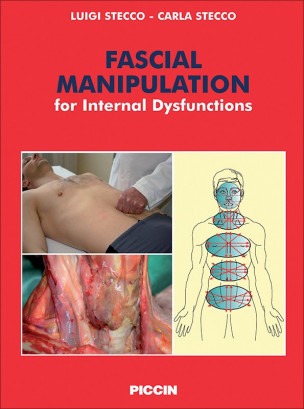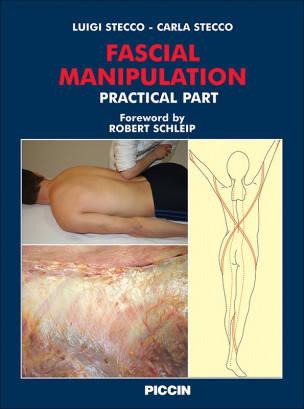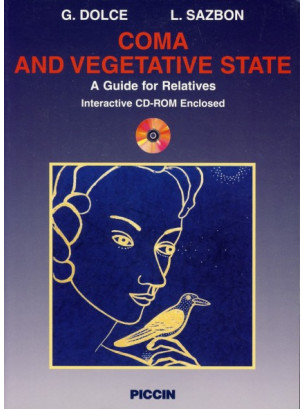Fascial Manipulation for Internal Dysfunctions - Practical part
Stecco - Stecco
90,00 €
- Cartonato
90,00 €
- E-book
73,56 € IVA incl.
FOREWORD
I came across Luigi Stecco’s ideas some years ago and I instantly knew that they were a new way to understand the human body and its dysfunctions. It is common understanding that severe low back pain could be related to constipation, or that physical activities could normalize bowel movements, but so far these statements lacked a clear anatomical and physiological explanation. In this book Luigi Stecco explains why the human musculoskeletal system can impact the internal organs, and introduces a clear pathway to address visceral dysfunctions. Conventional medicine is characterized by an emphasis on hormonal, chemical and neurological control of internal organs, sometimes neglecting that these systems have their own mobility and motility. Provision of an adequate living space among them will guarantee proper functioning. The internal fasciae functions include supporting the organs, providing the correct living space, isolating them from the surrounding organs and at the same time connecting them with others and ultimately the delicate task of managing the connection to the human musculoskeletal system. The internal fasciae biomechanical model introduced by Luigi Stecco, gives for the first time a unitary vision of the internal fasciae and their role in physiology and pathology of the internal organs. This vision causes him to completely reconsider the role and anatomy of the autonomic nervous system, overcoming the dualism of ortho-sympathetic and parasympathetic systems, while accentuating the role of the enteric nervous system. The internal fasciae anatomy, both physiological and pathological, is integrated with that of the autonomic nervous system, creating a concept that stands out with simplicity, clarity and logic. All of these will remain pure theory if it wasn’t that Luigi Stecco is a physiotherapist with the primary goal to assist others in achieving an optimal state of health and well-being. Therefore, along with the theory book, he felt the need to publish this second book of practice, to give a tool to handle internal dysfunctions. I had the opportunity to verify the Fascial Manipulation method efficiency for the treatment of several dysfunctions first-hand. Understanding this methodology gave me further tools to better investigate patients and discover the relationships between different pathologies, as well as the possibility to overcome the dualism between the human musculoskeletal system-internal organs. I now understand the possibility of the cause/consequence of each other’s alteration, which helps me to set up a global, goal oriented treatment. In several cases, Fascial Manipulation is able to address not a single muscle or organ, yet the person as a whole. This book is recommended to physiotherapists, osteopaths, physicians and all the professionals who work with their hands, given its potential to address and even cure some internal dysfunctions. In a field so far disregarded, neglected or treated superficially by conventional medicine, the Fascial Manipulation Method teaches how to hear the body signals provides a way of reading and understanding them and gives practical indications on how to better address the internal dysfunctions.
MARTA IMAMURA, MD, PHD
President of the International Society,
Physical and Rehabilitation Medicine (ISPRM),
Collaborative Professor,
Department of Orthopaedics and Traumatology,
University of São Paulo School of Medicine
No customer comments for the moment.


